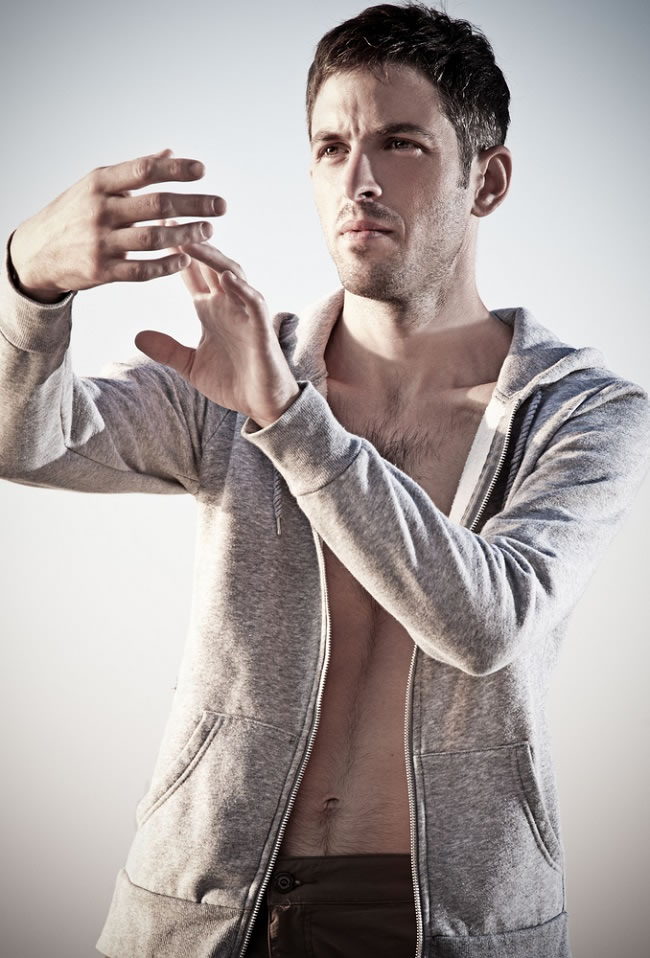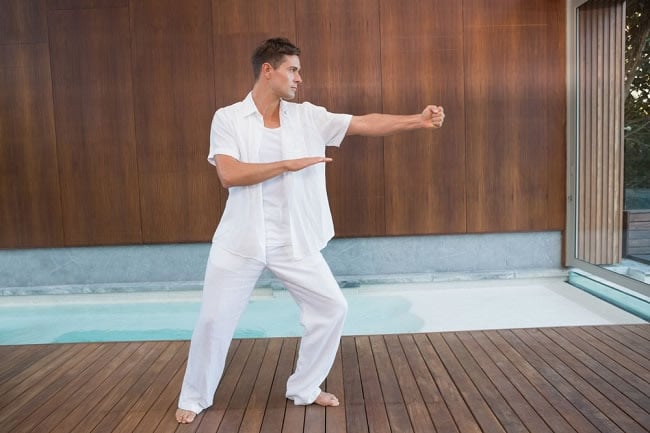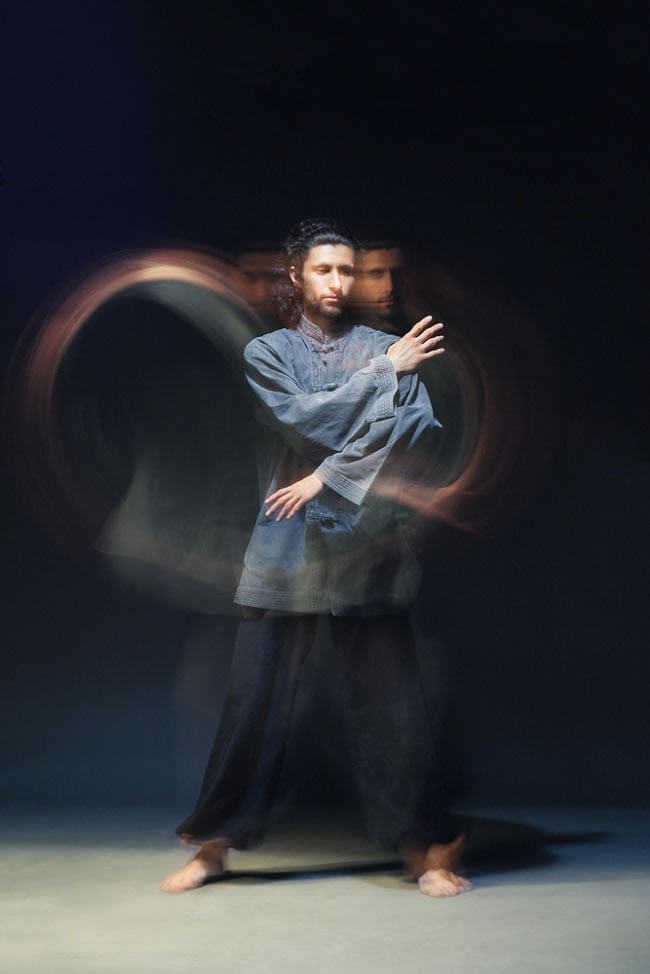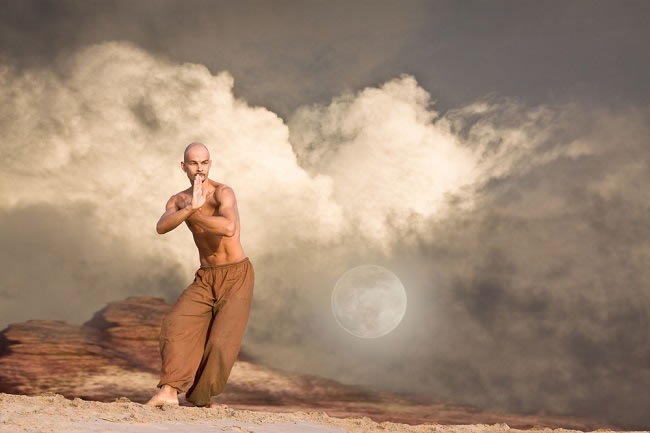1
HOME > Health & Fitness >
THE BENEFITS OF PRACTICING TAI CHI
MARTIAL ARTS STYLES AREN’T ONLY CATERED TO YOUNG FIGHTERS
Written by Menswear Style in Health & Fitness on the 27th April 2016

Those moves on the dance floor just aren’t what they used to be and you’ve decided that training in a martial art can help you flex your muscles and feel young again. Only your moves at the gym aren’t what they once were either. Punches don’t hit as hard and throws hurt like hell. Nobody likes to see those inevitable wrinkles, it makes us feel frail and reminiscent of our glory days when we could do anything we set our minds to.
“We all have inner demons to fight. We call these demons ‘fear’, and ‘hatred’, and ‘anger’. If you don’t conquer them, then a life of a hundred years… is a tragedy. If you do, a life of a single day can be a triumph.” – Yip Man

Martial arts styles aren’t only catered to young fighters. Martial arts are more than the sum of their moves, they’re a philosophy in which inner peace and self-control are the ultimate reward. Martial arts are about avoiding confrontation by learning from our adversaries and increasing willpower as well as physical stamina. Not all martial arts moves deal with stealth, Tai Chi teaches us harness the energy and power of slow but precise flowing movements. You can expect great outcomes practicing Tai Chi at 50 plus for example. Tai Chi is part of an ancient Chinese fighting style derived from Taoist philosophy in which your yin, soft fighting style is balanced out by hard fast kicks and punches - yang.

Taoist fighting styles guide you through a progression of techniques that when combined make you an effective warrior to be reckoned with. Not that this is your main objective when taking tai chi classes at the local kung fu centre, but remember that tai chi is just part of a whole fighting system designed to perfect every aspect of your fight from outer strength and agility to inner control. A related Taoist fighting style called hsing-I moves in a linear progression pitting equal opponents against one another. When learning this way of fighting you naturally move on to what’s called pa kua chang, a circular progression in which you learn to dodge your opponent. Tai chi moves in all of these directions.

Tai chi falls somewhere in the middle, you’ll learn evasive moves that increase your own strength while taking energy away from your opponent. Tai chi is mostly a soft fighting style, meaning the focus is on maneuvers and not on punches. Tai chi is about internalising your energy and focusing strength inward. Tai Chi is a great way to exercise and stretch your muscles without overexerting yourself physically. Its end goals are deeply rewarding and will help you stay motivated and focused in other aspects of your life - even those moves you’ve been wanting to bust out on the dance floor.
Trending
2
3
4
5
6
7
8
9
10









